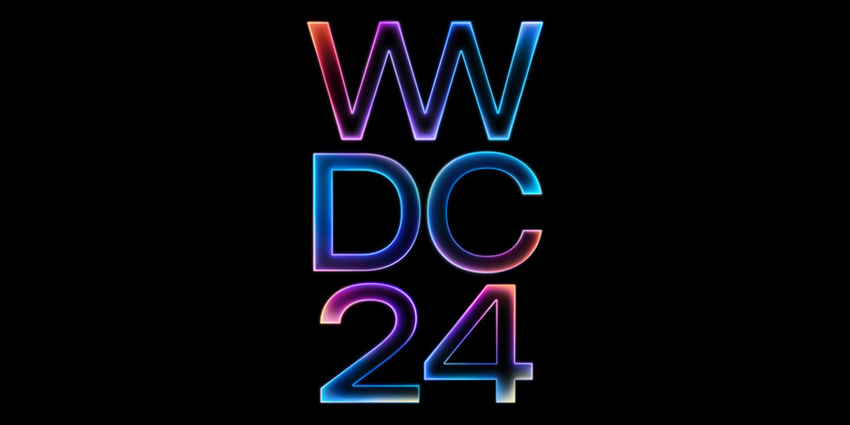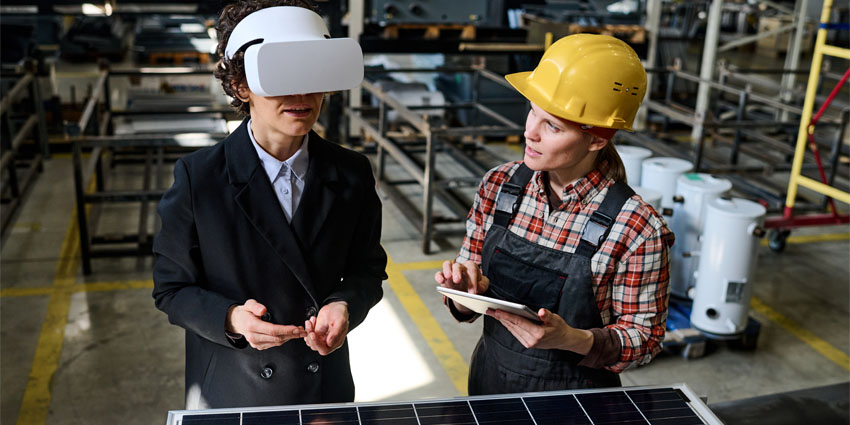Magic Leap has integrated its second-generation device, the Magic Leap 2, into the futuristic Mercedes-Benz Vision One-Eleven Concept Car (C111).
As reported in recent months, the new electric vehicle (EV) combines augmented reality (AR) digital overlays from the Magic Leap 2 for an unrivalled driving experience.
The Stuttgart, Germany-based carmaker originally unveiled the C111 at the Frankfurt IAA exhibition in 1969. The latest concept car pays homage to the classic icon.
Now, with Magic Leap’s latest AR technologies, the classic has received an immersive makeover. The device has already sparked interest in medical, manufacturing, and remote guidance and collaboration.
Magic Leap-Audi Activesphere Concept Car
The news comes after German luxury automaker Audio teased audiences with its Activesphere concept car design. For the vehicle, the Plantation, Florida-based company combined the Magic Leap 2’s cutting-edge design with Audi’s automotive innovations, leading to a first-rate augmented reality driving experience.
Unveiled in January at Audi’s Design Studio, the Activesphere aims to reignite the imaginations of automotive enthusiasts and engineers.
The unprecedented concept car aims to combine AR overlays with an intuitive HUD, complete with a 70-degree FoV. This offers instantaneous data on road conditions and streamlines components for the vehicle by eliminating dashboards or satnav systems.
Offering similar vehicle feedback as the Vision 111, Magic Leap’s solution also hopes to increase road safety and scale up the future potential of augmented automotive interfaces. This additionally offers drivers low latency, real-time hand and eye-tracking solutions.
For the connected motorist, this will drive the immersive driving experience with fewer distractions on the road.
XR Driving, Gaming Gold Mines
Similar driving experiences recently surfaced after Meta’s Reality Labs teamed up with German automotive giant BMW. The partnership resulted in a stellar mixed reality (MR) platform for overlaying digital content in moving automobiles.
The technologies can apply to gaming, entertainment, communications, and real-time road conditions. BMW’s sensor data and Meta’s hand and eye-tracking systems, the concept allows users to join games, message friends and colleagues, and other activities.
BMW’s proof of concept (PoC) comes after launching the M2 mixed reality platform, which integrates physical and immersive driving experiences. Debuting at the Web Summit 2022 Portugal in November last year, BMW partnered with Varjo Technologies for a next-level driving experiment.
Additionally, Real-world drivers could collect digital coins while wearing Varjo’s XR-3 headsets tethered to specialised computing systems. This created one of the world’s first mixed reality driving experiences with the Helsinki-based firm’s near-zero latency, advanced headsets.
Going for a holoride
Finally, holoride, a major player in the immersive automotive market, successfully opened sales of its universal in-car entertainment system. Debuting in July, the device provides vehicle passengers with a library of virtual reality (VR) games.
The new entertainment system massively reduces motion sickness for vehicle passengers using the vehicle’s real-time driving data.
Speaking to Nils Wollny, Chief Executive and Co-Founder, holoride, the executive explained to XR Today how his solution provided Audi vehicles and motorists from all manufacturers with HTC VIVE Flow goggles for a lightweight, comfortable gaming experience while travelling.
Finally, he added that advancements in the XR automotive industry rapidly converted the car into the world’s “perfect spatial device.”







